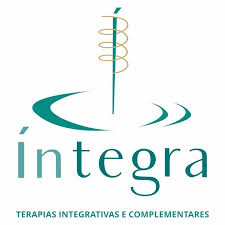Low-intensity laser irradiation at 660 nm stimulates cytochrome c oxidase in stressed fibroblast cells
Nicolette N Houreld 1, Roland T Masha, Heidi Abrahamse
Affiliations expand
- PMID: 22488690
- DOI: 10.1002/lsm.22027
Abstract
Background and objective: Low-intensity laser irradiation (LILI) has been used to modulate a variety of biological processes, including diabetic wound healing. The mechanism of action is thought to exist primarily with the mitochondria. This study aimed to determine the effect of irradiation on normal, diabetic, and ischemic mitochondrial electron transport chain (ETC) complexes.
Materials and methods: Normal, diabetic and ischemic human skin fibroblast mitochondria were irradiated in vitro at a wavelength of 660 nm and a fluence of either 5 or 15 J/cm(2). Non-irradiated mitochondria served as controls. Enzyme activities of mitochondrial complexes I, II, III, and IV were determined immediately post-irradiation. Normal, diabetic, and ischemic cells were irradiated and adenosine triphosphate (ATP) and active mitochondria were determined by luminescence and fluorescent microscopy, respectively.
Results: Irradiated diabetic mitochondria at a fluence of 15 J/cm(2) showed a significant decrease in complex III activity (P < 0.05). Normal (P < 0.01) and diabetic (P < 0.05) mitochondria irradiated at either 5 or 15 J/cm(2) showed a significant increase in complex IV activity. ATP results showed a significant increase in irradiated normal cells (5 J/cm(2); P < 0.05) and diabetic cells (15 J/cm(2); P < 0.01). There was a higher accumulation of active mitochondria in irradiated cells than non-irradiated cells.
Conclusion: Irradiation at 660 nm has the ability to influence mitochondrial enzyme activity, in particular cytochrome c oxidase. This leads to increased mitochondrial activity and ATP synthesis.
Referência: https://pubmed.ncbi.nlm.nih.gov/22488690/
Dr. Marco Petrus Dotta
Biomédico – Acupunturista
CRBM – 5879
Especialista em Medicina Chinesa




